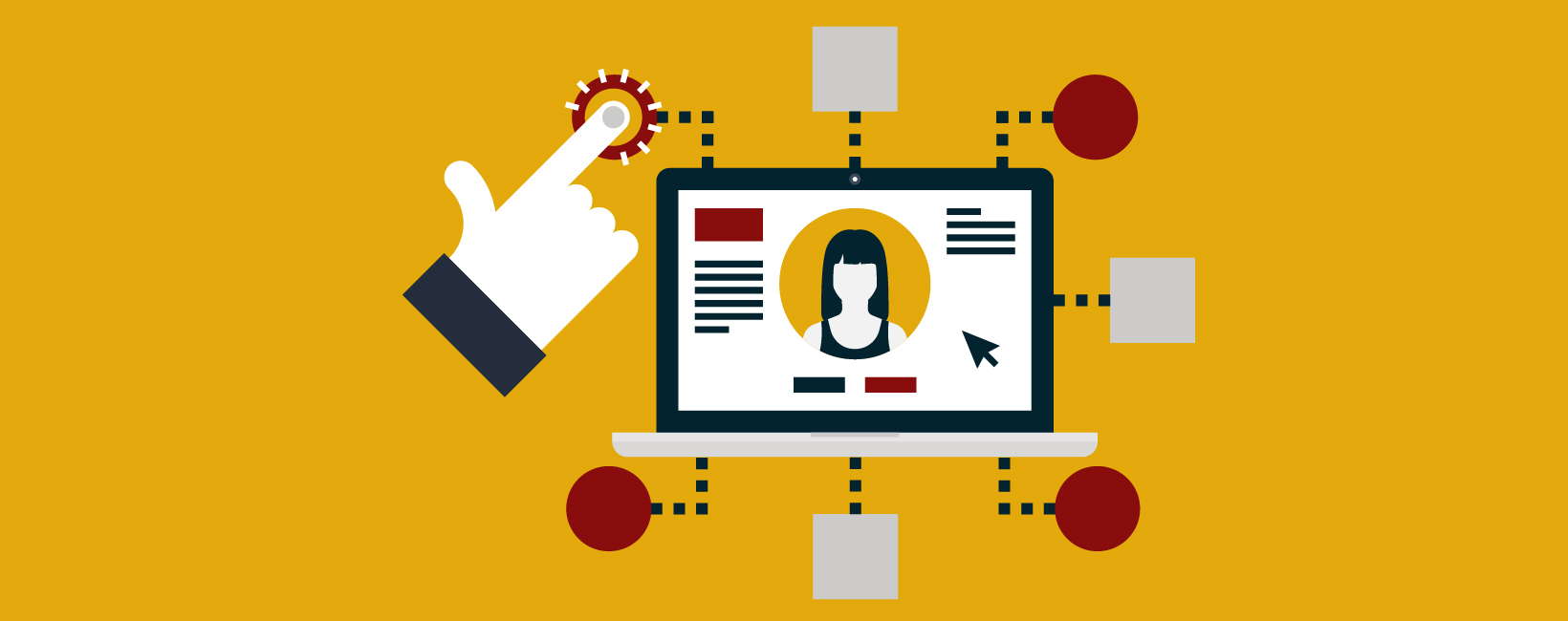 Jan 25, 2022
Persona
Jan 25, 2022
Persona
Let’s face it: we live in a personalized world.
Facebook ads appear for products you’ve Googled, Netflix recommends shows based on past viewing. It’s not just the norm—we’ve begun to expect it. In fact, 90% of customers feel frustrated when website content isn’t personalized, based on a 2020 Instapage study.
And that’s because with an eight-second website attention span, relevance is key. When users have questions, they need answers. Fast. They crave a complete experience, and it’s up to you to provide it.
Right content, right time
84% of consumers say being treated like a person, not a number, is very important to winning their business (Salesforce, 2020).
We’re way beyond a “one-size-fits-all” approach. An MBA student who’s ready to apply doesn’t want (or need) to see the same content for an already admitted undergraduate student. So why show it to them?
Reducing frustration and creating more positive interactions are probably the biggest personalization benefits for a user. But from a university perspective, website content personalization also provides multiple touch points that keep your prospects engaged with your school as you guide them through the enrollment process.
The who and the how
73% of consumers say a business has never communicated with them online in a way that felt too personalized or invasive (Accenture, 2018).
If you’re worried that personalization will scare people away, don’t. You just have to think strategically about who and how to target. Undergraduate, transfer, graduate, online, and adult continuing education students are all great audience choices, as well as parents of undergraduate students, faculty, staff, and alumni. And there’s plenty of options for the “how,” including:
- In-line content on specific pages: You could customize the home page, admissions pages, academic pages, etc. Your home page is a particularly large piece of real estate that most users see but isn’t always relevant. Use this space to your advantage by personalizing one of your main points for entry.
- Pop-ups: Help your audience through the process by inviting them to click off the page and complete an action, such as having an “apply” pop-up appear on a program page. More visibility for the call to action equals more page views, engagement, and conversions.
- Real-time, triggered messaging: For example, after a user fills out an RFI form, a “visit campus” message can be automatically triggered on their next site visit. You can capitalize on an already engaged user and continue to target them with clear next steps.
When done well, personalization should match your website design and layout, making it seem like it’s just another part of the user’s journey—not a random piece of targeted content.
A smart investment
Research shows that personalization most often drives a 10%–15% revenue lift (McKinsey, 2021).
We get it—money talks. And lucky for you, personalization pays off.
Not only has this strategy proven to lift conversions (check out Ithaca College’s success story), but website personalization can also be more economical than marketing on paid platforms like Facebook, LinkedIn, and Google Ads.
Unlike the majority of paid platforms, customizing your site doesn’t require spend or audience size minimums. This allows you to get more granular with who you want to target, such as for a specific program (i.e., ones that may be lesser known or usually don’t justify an ad spend) or audience groupings (i.e., alumni on your site in a certain region).
Start personalizing your higher ed website with Clarity !
72% of consumers say they only engage with personalized messaging (SmarterHQ, 2020).
While crucial for the user experience, website personalization can be a challenge to implement on your own. It does require a bit of time and resources that many universities simply don’t have.
Fortunately, there are a number of tools on the market that can deliver personalization on your website without burdening your team. For example, Carnegie Clarity™ can help you build these customized experiences without requiring any tinkering in your content management system. Coding, design, copy, conversion tracking, reporting, optimizing—it’s all possible with Clarity.
With our extensive professional experience helping universities of all sizes, needs, and goals, we’re confident we can create the most meaningful interactions for your audience. Get in touch today and start a conversation about personalizing your website!
This blog was brought to you by Bradley Hagerich, Senior Digital Marketing Strategist, and Marisa Herman, Senior Digital Advertising Copywriter, from Carnegie’s Digital Team.
